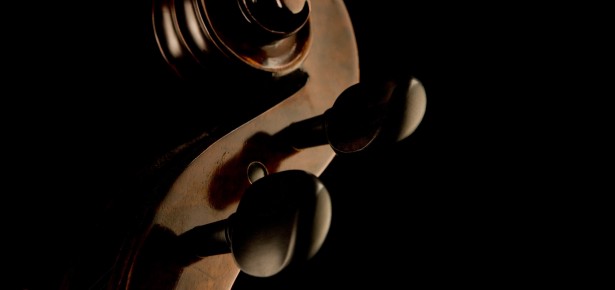
Musical instrument conservation is perhaps the most complex field of art conservation because it not only involves the specialized techniques of wood, metal, textiles, paper, leather, and painting conservation, but also deals with a diverse array of instrument types, including brass and woodwinds, bowed and plucked stringed instruments, stringed keyboard instruments, organs, percussion instruments, automatic instruments, as well as myriad ethnographic varieties. A large collection of musical instruments actually requires a team of conservation specialists, though collections today are fortunate to have just one, and many function without a dedicated staff conservator, relying instead upon musicians, instrument makers, and commercial repairmen to maintain their instruments—a prescription for hastily conceived and undocumented repair work.
Today’s university-trained conservators are well versed in the modern conservation practices, though they may be unfamiliar with the finer workings of a wide array of musical instruments; those trained in instrument making and repair may have the technical skills to repair and adjust instruments to the satisfaction of players, though they may be unfamiliar with such concepts as treatment reversibility, preserving original material, and the importance of documenting work. The Manual of Musical Instrument Conservation is intended to bridge both gaps. Throughout, I stress a conservative approach and support current views on conservation ethics; however, rather than presenting the usual litany of “thou shalt nots,” I provide practical solutions to commonly encountered problems while cautioning against treatments that might impair an instrument’s historical integrity.
The Manual of Musical Instrument Conservation is drawn from my thirty years’ experience as the conservator of musical instruments at the Metropolitan Museum of Art in New York. It includes tables of wire gauges, stringing schedules for a wide variety of instruments, recommendations for the use of traditional and modern synthetic adhesives and coatings, procedures for cleaning a wide variety of materials (including textiles, metals, bare wood, and varnished surfaces), color theory and retouching techniques, historic varnish formulas (including chemical analyses of Stradivari’s varnish), and instructions for tuning various historic temperaments. There are sections on safe storage, exhibition, and handling, setting up climate-controlled cases using pre-conditioned silica gel, a simple but effective method of anoxic disinfestation, and techniques for employing ultraviolet fluorescence and infrared photography to discover faded inscriptions and construction marks. Also covered are various methods of authenticating and dating instruments (including historical metrology and dendrochronology), conservation report writing, material analysis, measurement techniques, traditional wood and metal working techniques, tool sharpening, and shop safety. Over 100 topics are arranged alphabetically for easy reference, and there are over 50 photographs of conservation work that I undertook both at the Metropolitan Museum and for private clientele.
Latest Comments
Have your say!